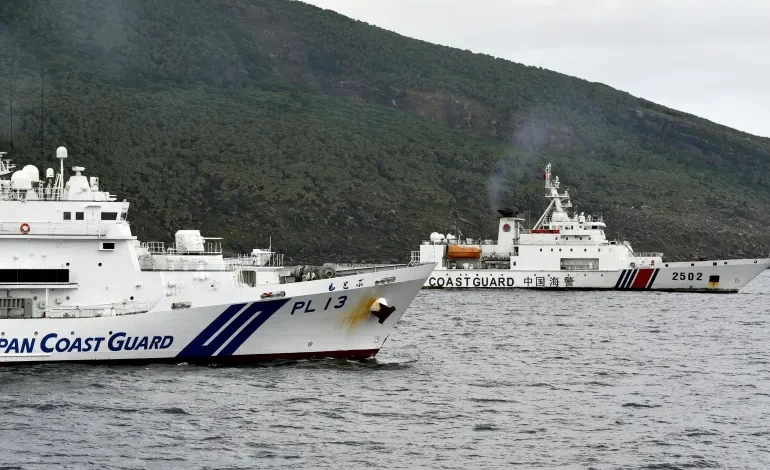Chinese coastguard authorities have confirmed the expulsion of a Japanese fishing vessel from waters surrounding the Diaoyu Islands (Senkaku Islands in Japan) on October 15-16, Al Jazeera reports.
A spokesperson for the coastguard stated that the vessel “illegally” entered the area and was subsequently “warned and expelled” after “necessary control measures were taken in accordance with the law.”
The incident marks the latest in a series of confrontations between China and Japan over the uninhabited islands, which both countries claim. Tokyo rejects Beijing’s claim and considers the islands an integral part of Japanese territory. The area is believed to hold potential undersea oil and gas reserves.
In April, China confronted Japanese lawmakers conducting an inspection visit near the islands, calling it an “infringement and provocation.” In June, Japan lodged a protest after Chinese vessels, equipped with what appeared to be cannons, entered what it claims as its territorial waters.
These recent incidents highlight the escalating tensions in the East China Sea. While Japan has yet to comment on the latest expulsion, the ongoing disputes underscore the deep-seated territorial claims that continue to fuel regional instability.
China’s assertive stance extends beyond the East China Sea. It also maintains extensive maritime claims in the South China Sea, overlapping with several Southeast Asian nations. This has led to confrontations with the Philippine navy, increasing concerns about a potential conflict in the region.
Furthermore, China’s growing military activity around Taiwan, which Beijing claims as its own, is also a source of concern for Japan and other countries. The Permanent Court of Arbitration in The Hague ruled in 2016 that China’s claim to 90 percent of the South China Sea lacked legal basis. However, Beijing continues to assert its claims, raising anxieties about regional security.









